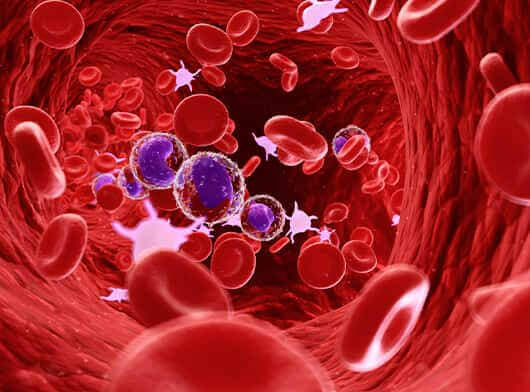Thalassemia is a group of inherited conditions that affect a substance in the blood called haemoglobin. The imbalance in the synthesis of the haemoglobin molecule causes a varying degree of anaemia and expansion of the bone marrow and is called Thalassemia. People with Thalassemia produce either no or too little normal haemoglobin (Haemoglobin A), which the red blood cells use to carry oxygen around the body.
The “haemoglobin A” has four protein chains: two alpha-globin and two beta-globin chains. Alpha Thalassemia means you don’t make enough of the alpha haemoglobin protein chain to make your haemoglobin. With beta-thalassemia, you don’t make enough of the beta-globin chain.
Alpha Thalassemia has been divided into four types based on the degree of disease:
-
1) Alpha thalassemia silent carrier.
2) Alpha thalassemia trait (minor).
3) Hemoglobin H disease.
4) Hydrops fetalis (major).
Beta Thalassemia has been divided into three major types based on the degree of disease:
-
1) Beta thalassemia trait (minor).
2) Beta thalassemia intermedia.
3) Cooley’s anaemia / beta-zero (ß0) thalassemia/ Thalassemia major.


